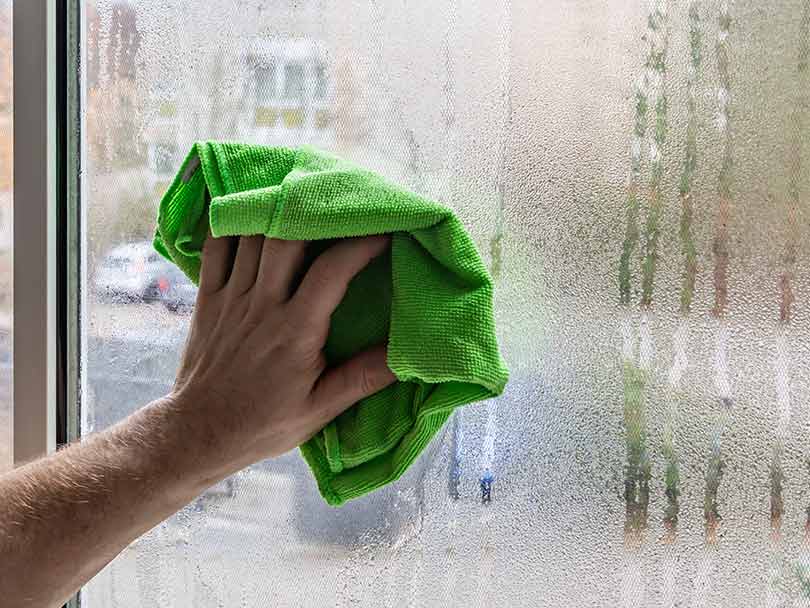By Pat Keegan and Brad Thiessen
Although some speculate that sealing a home too tight can lead to air quality issues, the truth is the average home loses about half its air volume every hour, so it can be sealed considerably – often at a low cost – and still have more than enough healthy air.
A furnace that been inspected by an HVAC professional and is properly vented can help you have a pollution-free home. Source: Active Steve, Flickr User
Pollutants are the main cause of poor indoor air quality, and the most dangerous pollutant is carbon monoxide. It can come from furnaces, water heaters or stoves that burn natural gas, propane or wood. The problem usually occurs in devices that are old, in need of repair or installed or operated in a manner that prevents clear, unobstructed supply and exhaust of combustion air.
Excessive moisture in the air can also be considered an indoor pollutant because mold and dust mites thrive when relative humidity is above 60%. One sign your home is sealed too tight is window condensation, which can happen if moist air doesn’t exit the home at an adequate rate.
Pollutants can cause physical reactions such as coughing or sneezing, but carbon monoxide causes more severe reactions, such as headaches, dizziness, nausea, shortness of breath, confusion, blurred vision or loss of consciousness.
An HVAC professional can inspect and test a furnace to make sure it is operating safely and efficiently. Photo Credit: NAVFAC Hawaii HVAC Specialists
What can you do to ensure healthy indoor air as you increase your home’s energy efficiency? The first strategy, according to the Environmental Protection Agency, is to eliminate or reduce the source of pollution, and the first pollutant to eliminate is carbon monoxide. If you have a combustion furnace, it should be inspected and serviced regularly by a professional. If you have any combustion appliances, it is critical that carbon monoxide detectors are installed and replaced every five to seven years.
If you live in an area with radon, which you can determine by checking out the EPA’s radon map, keep it out of your home because it is the second leading cause of lung cancer. Radon tests are not expensive, and your local health authorities can provide more information. If radon levels are too high, you’ll need to hire a professional to install a system that will divert radon gas to the outside of your home.
Here are a few additional pollutant reduction measures to consider:
• Never smoke tobacco inside.
• Run the exhaust fans in bathrooms and your kitchen after use.
• Store toxic cleaning and painting products outside.
• Never idle a vehicle, even for a minute, in an attached garage.
The second strategy is ventilation. Your home probably has more than enough natural ventilation from outside air leaking into the home. If you suspect this isn’t adequate, the best way to know for sure is to hire an energy auditor to do a blower door test.
Many experts recommend sealing the home as tight as possible and using mechanical ventilation to ensure a consistent and adequate supply of outside air. The most energy efficient ventilation system is a heat recovery ventilator, which pulls in fresh air from outside and captures the heat from indoor air before it is exhausted to the outside.
The third and final strategy is to clean the air. The easiest step is to simply change your furnace filter at least once every three months and keep your furnace supply and return air registers free of obstructions. If any rooms do not have an air return, keep the doors open. There are several home air cleaning systems available –– some are effective, and others are not. The EPA offers a handy online guide: https://www.epa.gov/indoor-air-quality-iaq/air-cleaners-and-air-filters-home.
We hope these suggestions will be helpful as you seal air leaks in your home while also enjoying fresh, healthy indoor air.
This column was co-written by Pat Keegan and Brad Thiessen of Collaborative Efficiency. For more information on how to breathe easier in your home, please visit: www.collaborativeefficiency.com/energytips.

